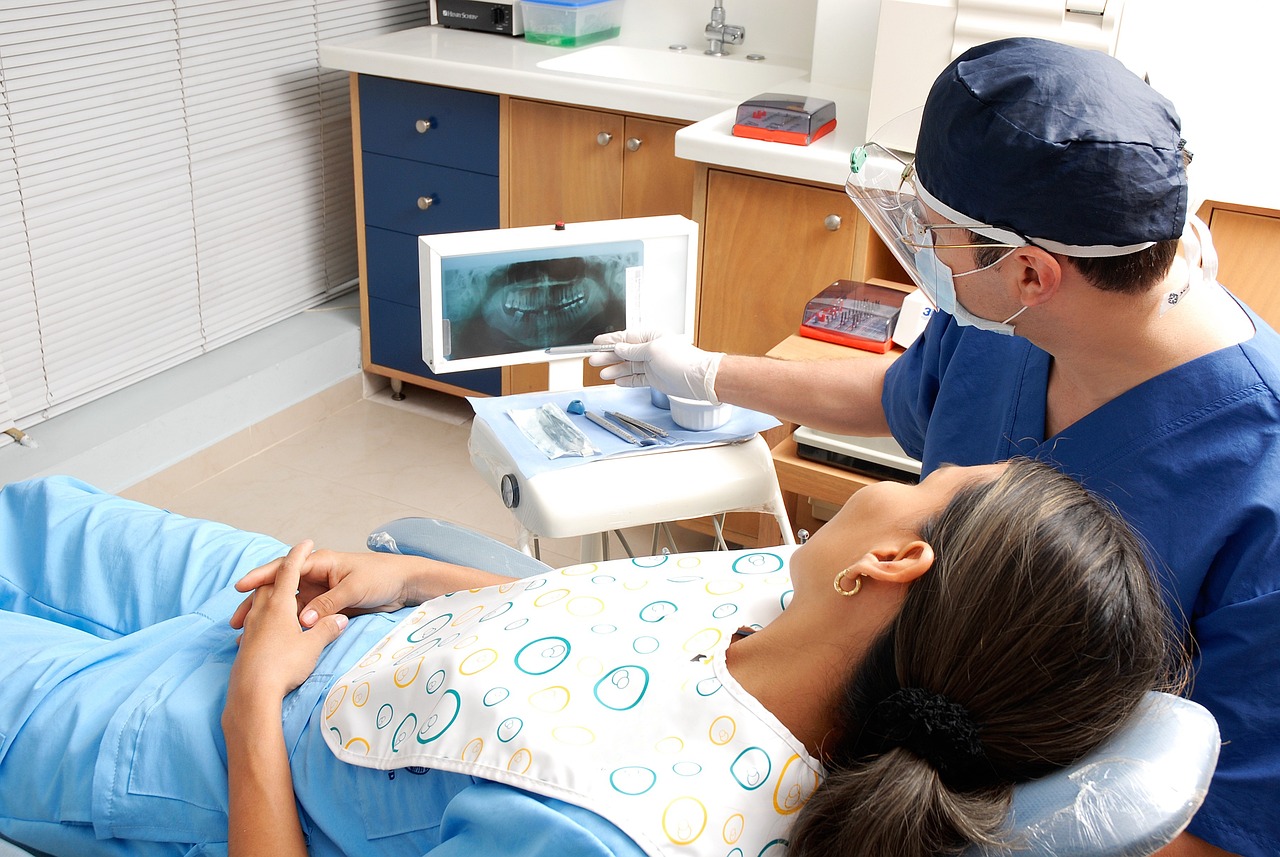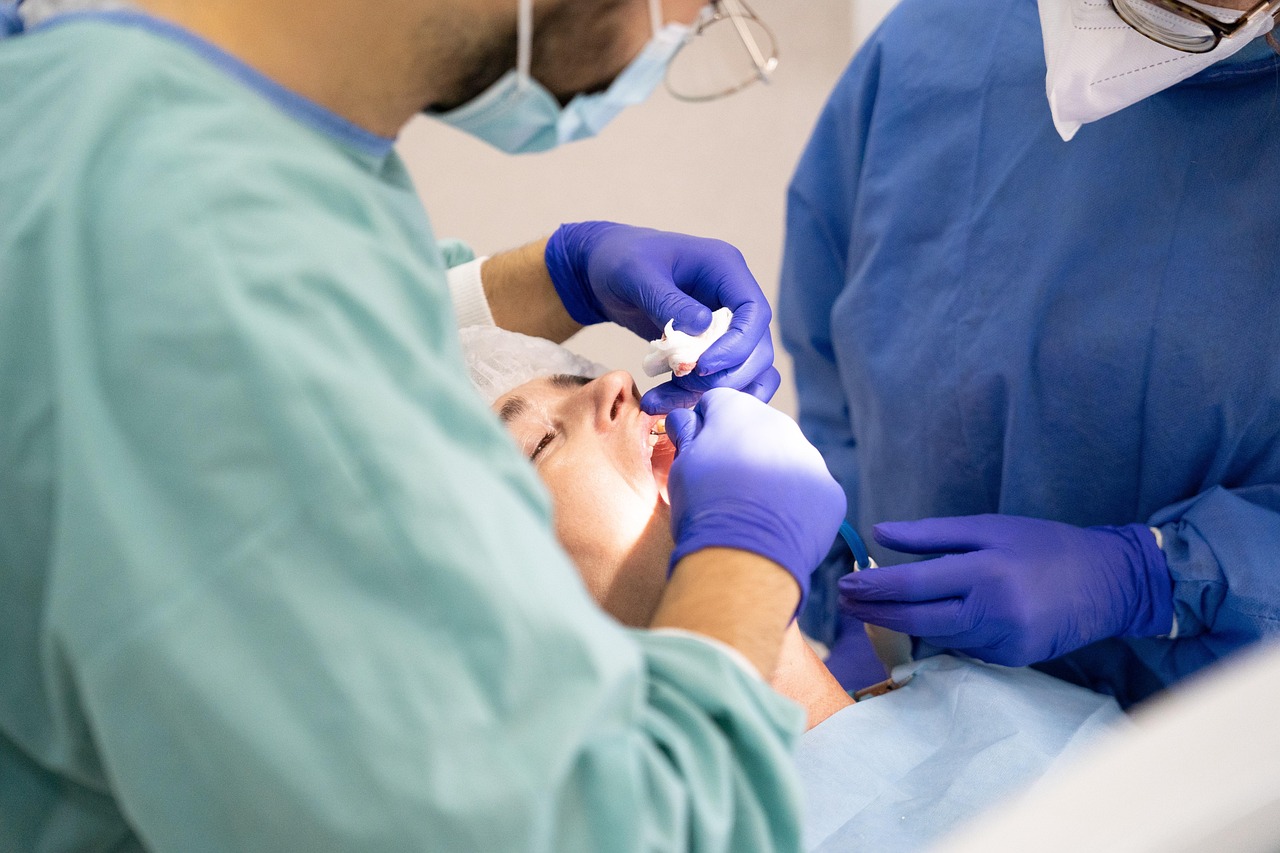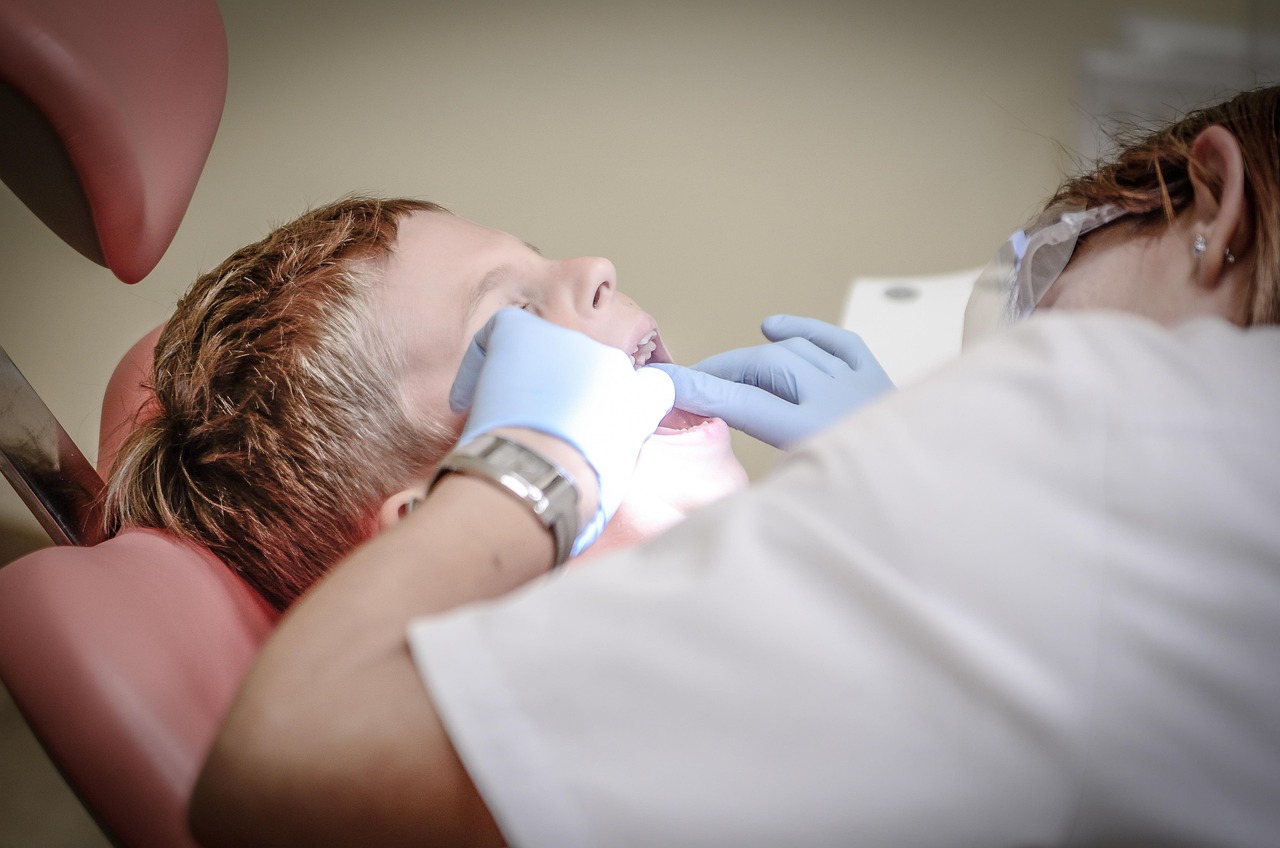TL;DR
- Swelling with fever or trouble swallowing is an emergency
- ER for airway issues; emergency dentist for most dental-source swelling
- Antibiotics alone don’t cure dental infections; definitive treatment is needed
- Act quickly to prevent complications
Swelling in the gums or face often signals infection. Some cases are mild, while others escalate quickly. Here’s how to gauge urgency and act safely.
1. Red Flags: Don’t Wait
- Fever, chills, or feeling unwell
- Difficulty swallowing or opening your mouth
- Trouble breathing (go to the ER immediately)
- Rapidly increasing swelling or severe throbbing pain
2. ER vs Emergency Dentist
- ER now: Airway symptoms (breathing/swallowing), severe facial swelling, high fever.
- Emergency dentist: Swelling from a tooth or gum infection without airway compromise. Expect evaluation, possible drainage, and a plan for root canal, periodontal treatment, or extraction.
3. What to Do Right Away
- Consider OTC pain relievers as directed on label.
- Cold compress on the cheek for 15–20 minutes on/off.
- Do not apply heat or attempt to drain the swelling yourself.
4. Treatment Path
- ER: Stabilize, IV/PO antibiotics when indicated, surgical evaluation if severe.
- Dentist: Identify source, drain when needed, and provide definitive treatment. Antibiotics may support care but are not a cure without dental treatment.
5. Prevention & Follow‑up
- Complete all prescriptions and attend follow‑ups.
- Address decay, gum disease, or cracked teeth causing infection.
- Keep regular cleanings and exams to catch issues early.
Conclusion
Swelling can become serious quickly. If airway symptoms are present, go to the ER. Otherwise, see an emergency dentist promptly for drainage and definitive care.



